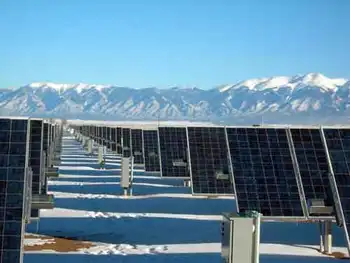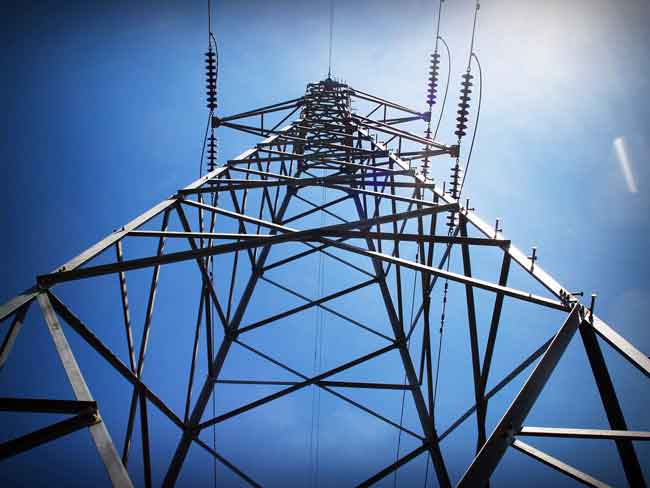PECO to spend $25 million on tree maintenance
By Business Wire
NFPA 70b Training - Electrical Maintenance
Our customized live online or in‑person group training can be delivered to your staff at your location.

- Live Online
- 12 hours Instructor-led
- Group Training Available
PECOÂ’s vegetation management program includes tree clearing around aerial power lines on the electric distribution and transmission system, which spans about 14,000 miles of utility rights-of-way in six counties, including Philadelphia.
The program involves annual patrols of the system and trimming or clearing on a cyclical basis. Common problems include trees growing into aerial lines, fallen tree limbs, and uprooted trees.
On average, trees cause more than a third of all outages affecting customers, and tree-related outages tend to last longer than most events. On the transmission system, PECO cannot allow any trees to grow under the high-voltage wires and only low-growing shrubbery or grasses adjacent to the transmission towers in compliance with federal reliability standards adopted after the Northeast blackout of 2003.
The 2009 program addresses the following areas:
• Bucks County – portions of Bristol, Middletown, Falls and Warrington townships, affecting 85,000 customers;
• Chester County – areas surrounding West Chester, Downingtown, Phoenixville, Kimberton, Cochranville, Jennersville, Landenberg, Kennett Square, and West Grove, affecting 115,000 customers;
• Delaware County – areas in and around Bryn Mawr, Newtown Square, Llanerch, Havertown, Springfield, Concord, Glenolden, Linwood, and Media, affecting 120,000 customers;
• Montgomery County – areas in the vicinity of Royersford, Collegeville, Ardmore, Bryn Mawr, Gladwynne, Lederach, Oaks, Trappe, North Wales, Norristown, Horsham, Harleysville, Colmar, Willow Grove, King of Prussia, Abington, Plymouth Meeting, Jenkintown, affecting 120,000 customers;
• Philadelphia – Chestnut Hill, Mt. Airy, Roxborough, Angora, Oak Lane, and the Point Breeze sections, affecting 35,000 customers;
• York County – Delta Borough and Peach Bottom Township, affecting about 4,000 customers.
Frank Moffa, PECO manager, Vegetation Management, said, “PECO’s trimming has proven to be effective for electric reliability, and we use best practices trim to comply with utility and arboriculture standards for the health of the trees.”
PECOÂ’s tree pruning uses methods suggested by the International Society of Arboriculture (ISA), which takes into account the type and location of the tree in relation to the overhead wires and the health of the tree. PECO notifies municipal officials and property owners prior to work beginning in a community. In recent years, areas where line clearance work is completed experiences fewer outages and a significant improvement in electric reliability.
The vegetation management is a key part of PECOÂ’s overall preventive maintenance program, geared to reducing the frequency and duration of outages and improving system performance. It also includes patrols of all distribution circuits with infrared thermography, inspections of utility poles, transformers, automated switches, and substations, as well as lightning protection and animal protection for utility equipment.











